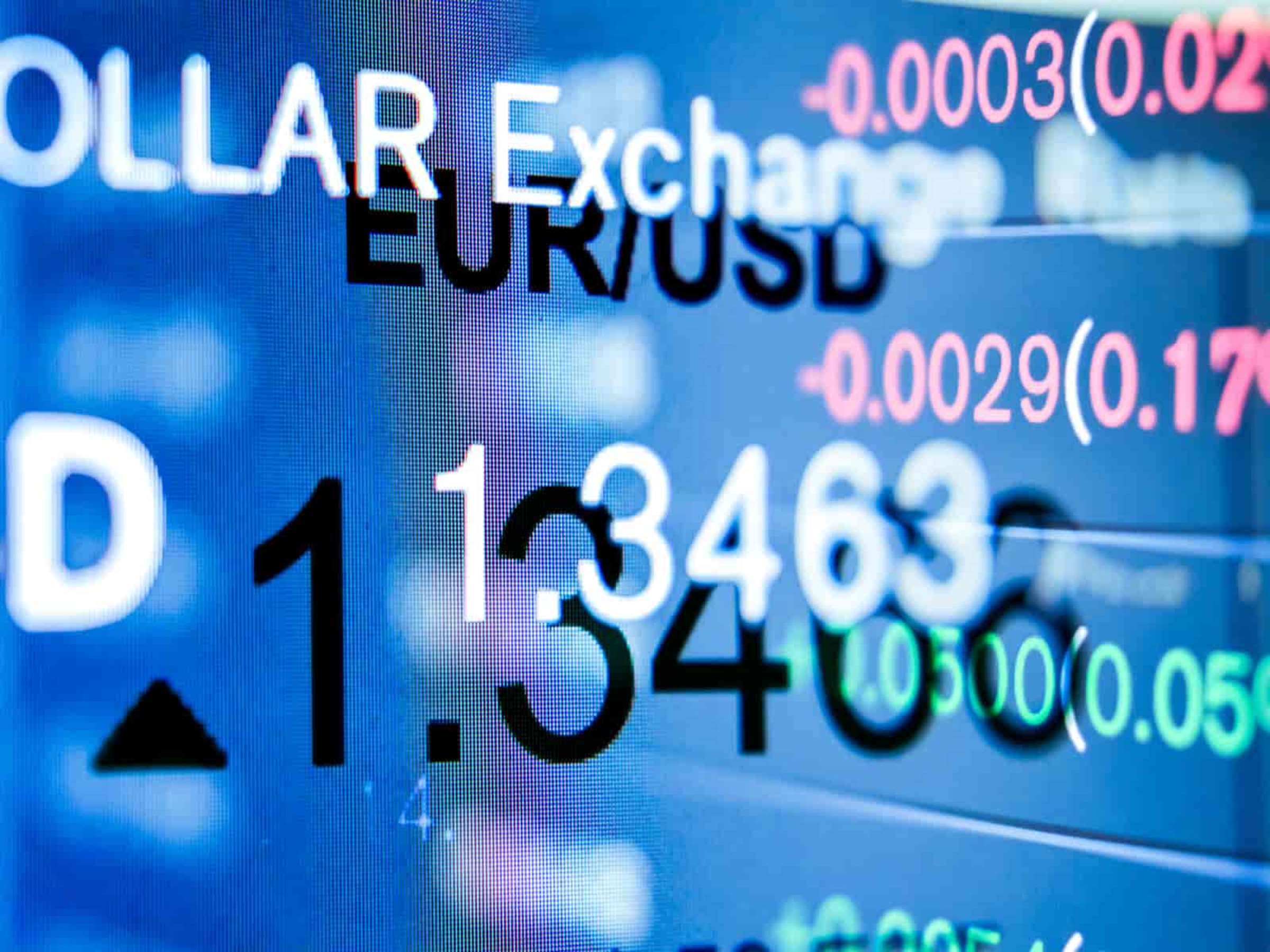In a world where the sparkling allure of luxury goods transcends borders, the forces of global finance weave an intricate dance with the high-end markets. As the opulent goods navigate through different currencies, their value and accessibility are at the mercy of the tumultuous Forex waves. This entwined relationship dictates not only the price tags on coveted items but also the broader economic health of luxury brands and nations alike. In this exploration, we delve into the symbiosis between the luxury goods market and the foreign exchange market, underscoring how currency trends shape the realm of extravagance.
Navigating the Luxe-Exchange Nexus

The nexus between luxury goods and the foreign exchange (Forex) market is a complex web of interdependence. To begin with, luxury brands typically operate on a global scale, sourcing materials, labor, and sales across various countries. This international exposure inherently ties their financial performance to the Forex market. Moreover, changes in currency value can impact:
- Profit margins of luxury items through cost variance in sourcing and production abroad.
- Pricing strategies in different markets, with brands often adjusting retail prices to account for exchange rate shifts.
- Purchasing power of international consumers, influencing their ability and willingness to buy luxury goods.
Notably, the luxury goods market tends to be highly resilient during economic turmoil, often maintaining its value against fluctuating currencies. A strong currency in a given market might attract foreign buyers in search of relative bargains, while a weaker one could encourage domestic consumption by making imports more expensive. Navigating this nexus requires a keen understanding of geopolitical events, economic policies, and consumer confidence.
When Opulence Meets Currency Trends

The tale of luxury goods and currency trends is one of meticulous calibration. As currencies ebb and flow:
- A stronger domestic currency makes luxury imports cheaper, potentially increasing demand within the nation.
- Conversely, when a domestic currency weakens, tourists may flock to the country to purchase high-end items at ‘discounted’ rates.
- Luxury brands must constantly monitor currency movements to strategically price their goods and safeguard their profit margins.
For collectors and connoisseurs of luxury items, these trends signify timely opportunities. For example, the fluctuating strength of the Euro against the Dollar can lead to favorable buying conditions in European luxury hubs like Paris or Milan for those wielding stronger currencies. At the same time, luxury investors keep an eagle eye on currency projections to optimally time their acquisitions and sales.
The Forex Ripple in High-End Retail

The ripple effects of the Forex market are tangible within the ecosystem of high-end retail. A single swing in exchange rates can have profound outcomes:
- It can alter the landscape of competitive pricing among luxury brands internationally.
- Sudden currency depreciations can result in swift stock depletion in certain regions as goods become relatively cheaper.
- Brands must adapt marketing strategies, sometimes shifting focus to outperform competitors in regions where their currency is currently stronger.
In this context, brands may also leverage currency hedging to protect themselves against unforeseen exchange rate movements. By securing future transactions at predetermined rates, they mitigate financial risk and ensure pricing stability for both the company and its clientele. Additionally, e-commerce platforms in the luxury sector increasingly provide multi-currency pricing and payment options, allowing consumers to capitalize on favorable Forex conditions.
Currency Fluctuations: Luxury’s Dance Partner

Luxury goods and currency fluctuations perform a delicate dance, often choreographed by a myriad of economic indicators. The price points of luxury items are not only tagged to their intrinsic value but also to the rhythm of the Forex market. Highlights of this partnership include:
- Seasonal trends in tourism that compound the effect of currency cycles on luxury sales.
- Strategic placement of flagship stores and boutiques in cities that benefit from favorable currency trends.
- Price harmonization efforts to ensure the brand’s value perception remains consistent globally despite currency volatility.
Brands and consumers alike must stay nimble, reacting to the constant movements within the Forex theater. A brand’s agility in hedging against currency risk can determine its sustained desirability and exclusivity amidst market turbulence.
Exchange Rates Shaping Elite Shopping

The phenomenon of exchange rates shaping elite shopping experiences is well documented. Exchange rate movements directly impact:
- The cost-effectiveness of luxury shopping destinations abroad.
- The frequency and volume of ‘shopping tourism’, with destinations like Dubai, London, and Tokyo often witnessing influxes during favorable exchange rate periods.
- The evolution of duty-free shopping zones and their appeal to international luxury shoppers.
High-net-worth individuals tend to plan their luxury purchases accordingly, aligning with advantageous currency pairings and often seeking the counsel of financial experts to maximize their shopping power. Furthermore, elite shopping patterns, influenced by exchange rate dynamics, can result in local economic booms, generating increased revenue and jobs within luxury retail sectors.
Forex Impact on the Global Luxury Scene

Lastly, the Forex impact on the global luxury scene manifests in several ways:
- It influences the strategic decisions of luxury conglomerates as they navigate mergers, acquisitions, and expansions in foreign markets.
- Exchange rates play a pivotal role in the balance sheets of luxury companies, affecting stock prices and investor perceptions.
- Events like Brexit or trade negotiations can prompt swift changes to the Forex landscape, altering international luxury sales dynamics significantly.
Luxury brands are thus not just purveyors of fine goods but also major players in the financial world, where a brand’s narrative intertwines with the chronicles of global finance. Keeping abreast of currency trends is as vital to these brands as the craftsmanship of their products—a testament to the intertwined worlds of opulence and economics.
Comparison Table of Currency Impact on Luxury Goods
| Factor | Strong Currency Impact | Weak Currency Impact |
|---|---|---|
| Luxury Imports | Cheaper, Increased Demand | More Expensive, Decreased Demand |
| Tourist Shopping | Less Attractive | More Attractive |
| Price Harmonization | Easier to Achieve | More Challenging |
| Purchasing Power | Higher for Domestic Buyers | Lower for Domestic Buyers |
| Strategic Expansion | More Favorable Conditions for M&A | Hesitancy or Reconsideration |
| Investor Confidence | Typically Bolstered | May Waver |
In the gilded corridors of luxury markets, the capricious whispers of Forex constantly echo. Every shift and sashay in currency valuation paints a new chapter in the story of high-end commerce. For luxury brands and their discerning clientele, wisdom lies in understanding this complex ballet of finance. As currencies negotiate their value on the global stage, the luxury goods market watches and reacts, ever dynamic, forever intertwined with the beats of the Forex drum. In this world of splendor and speculation, those who master the art of this dance thrive, perpetuating the legacy of luxury against the ever-shifting tableau of international economics.

